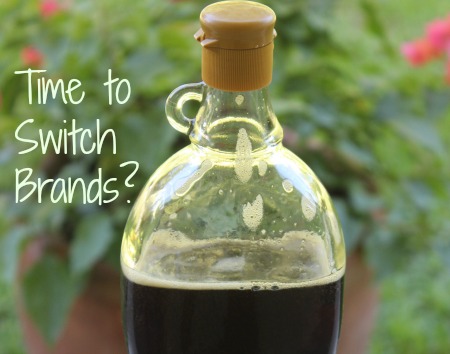 Maple syrup is a traditional and whole sweetener that has consistently played an integral part of the economies of North America ever since Native Americans first taught the early European settlers how to tap maple trees and boil down the sap to make this homely sweetener. Maple syrup derived early in the season at the time of the spring thaw runs sweet and clear. It is tapped from maple trees in a process similar to the making of birch water in Slavic countries.
Maple syrup is a traditional and whole sweetener that has consistently played an integral part of the economies of North America ever since Native Americans first taught the early European settlers how to tap maple trees and boil down the sap to make this homely sweetener. Maple syrup derived early in the season at the time of the spring thaw runs sweet and clear. It is tapped from maple trees in a process similar to the making of birch water in Slavic countries.
It takes about 20-30 gallons of boiled down maple tree water to make one gallon of light amber colored syrup, labeled as Grade A.
Late in the season, maple sap thins out even more. Much more than 20-30 gallons of sap must be boiled down to yield syrup of equal sweetness. Boiling down more sap to concentrate the sweetness also concentrates the flavor and nutrients.
This late season syrup is darker, more maple flavored, and higher in minerals than the Grade A syrup and is currently labeled as Grade B.
The blander, lighter syrup typically commands the highest price as consumers tend to prefer sweetness without too much flavor.
Consumers in the know, however, choose the Grade B syrup for the higher mineral and nutritional content. These savvy consumers have long enjoyed lower prices for the Grade B product, but this may be at an end.
New international standards for labeling maple syrup have come into effect such that Grade B is no longer used. The new system for categorizing maple syrup is designed with the express purpose of eliminating discrimination against the darker syrup.
As a result, all maple syrup is now Grade A with four identifying colors: Golden, Amber, Dark, and Very Dark.
With all syrups labeled the same, equality in pricing is the anticipated result.
So, stock up on cheaper, darker Grade B if you still can. Once the inferior Grade B is removed from the label, this most flavorful and nutritious of syrups will be commanding a higher price much the same as the lighter colored, blander, and more plentiful syrup.
An important thing to also know is the very different production practices between conventional and organic maple syrup. The linked article details these differences that will likely have educated consumers switching brands in a hurry!
For more on whole, nutritious sweeteners, check out my video and article on which sweeteners are best and be sure to check out vetted producers on my shopping recommendations guide.
Sarah, The Healthy Home Economist
Source: Making the Grade: Why the Cheapest Maple Syrup Tastes Best








UGGG!!! Why do they always have to screw up a good thing?!!
Thanks for the heads up, Sarah! I can understand this labeling move from a marketing perspective. Golden, Amber, Dark, and Very Dark sound like options, whereas Grade B does imply an inferior, less quality product. I will take your advice and load up on as much as I can before the inevitable price hike.
🙁
How long can you store this for? I have a great co-op in my area and by it in bulk but it is actually just as expensive due to the nature of the store! Mostly organic ….so the shoppers want the Grade B!
How can there be a Grade A if there is no Grade B?
Crud. I’m not in a position to stock up at this moment so hopefully the supply won’t dry up too quickly. I don’t mind paying more for better quality, though I did like paying less for better quality.
I wonder if manufacturers will label the formerly Grade B as “late season”?
the Grade B will now either be labeled dark or very dark, all maple syrup will be Grade A so their is no price differentiation. This is what is stated in the article.
I get that. The point is there is no point in a “Grade” if there is only one allowed on the label. Also, the coloring of the syrup won’t mean much given that inferior syrup can be manipulated to be darker. I already see plenty of Grade A dark or very dark on the shelves and it certainly is not the same quality as Grade B. A “late season” or other indication on the label would allow consumers to make informed decisions, even if the move now means that it will cost me more than it does now.
Stock up on Grade B maple syrup! – http://t.co/JlQdCNEU
My initial thought is to talk to our preferred brands and encourage them to keep making their products the way they are. Color is not a standard as so much JUNK can be added to make color. We need some way to verify quality.
This is good to know. How long does Grade B Maple syrup last?
Years. I’ve never had any go bad. The dark stuff starts to get a bit bubbly after awhile which makes it even more awesome!
I wonder if this will also change with small, local ‘back yard’ farmer’s that produce it to sell locally at the roadside/farmers markets etc?
Bye Bye Grade B Maple Syrup – The Healthy Home Economist http://t.co/4dEyhMrX
what is the color that will be grade b? Dark? Very Dark?
I don’t know. Going for the darkest one seems to be the best bet.